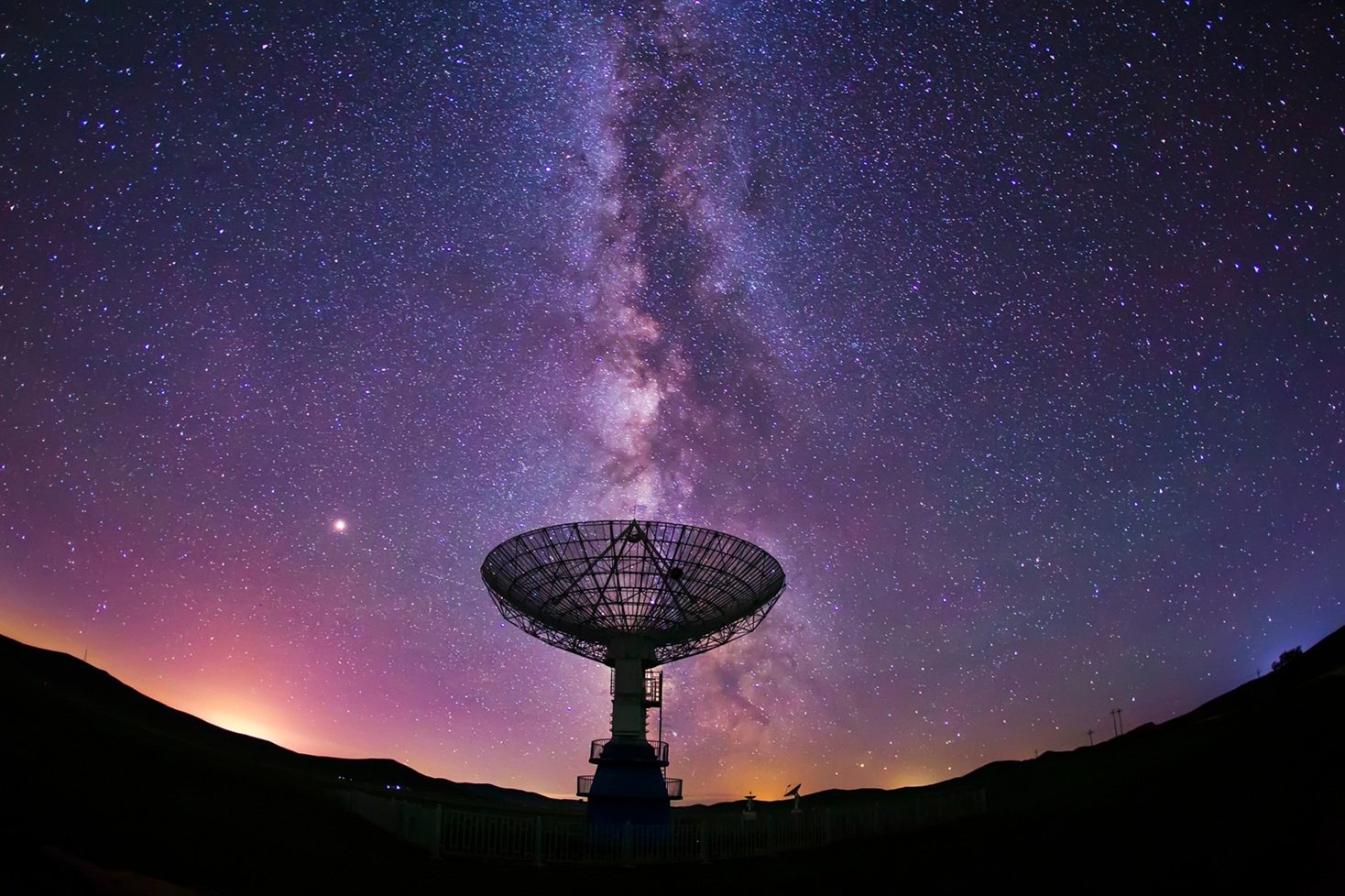By Donna Weaver & Ray Villard
Astronomers made more precise measurement of the rate at which the universe is expanding.
But there’s some unsettling news: The new number remains at odds with independent measurements of the early universe’s expansion, which could mean that there is something unknown about the makeup of the universe.
Is something unpredicted going on in the depths of space?
Image Credit: NASA, ESA, A. Riess (STScI/JHU)
“The community is really grappling with understanding the meaning of this discrepancy,” says Adam Riess, who leads a team of researchers using the Hubble Space Telescope seeking to measure the expansion rate of the universe.
There’s a gap
The team, which includes researchers from Johns Hopkins University and the Space Telescope Science Institute, has used the Hubble telescope over the past six years to refine the measurements of the distances to galaxies. Those measurements are used to calculate how fast the universe expands with time, a value known as the Hubble constant.
Separate measurements from the European Space Agency’s Planck satellite, which maps the cosmic microwave background, predicted that the Hubble constant value should now be 67 kilometers per second per megaparsec. This would mean that for every 3.3 million light-years farther a galaxy is away from us, it is moving 67 kilometers per second faster.
Image Credit: NASA, ESA, A. Feild (STScI), and A. Riess (STScI/JHU
But Riess’s team measured a value of 73 kilometers per second per megaparsec, indicating galaxies are moving at a faster rate than implied by the Planck satellite observations of the early universe.
The Hubble data are so precise that astronomers cannot dismiss the gap between the two results as errors in any single measurement or method.
“Both results have been tested multiple ways,” explains Riess, a professor at Johns Hopkins and co-winner of the Nobel Prize in 2011 for the discovery of the accelerating universe. “Barring a series of unrelated mistakes, it is increasingly likely that this is not a bug but a feature of the universe.”
Interesting article: If the Universe Is Expanding, What Is Beyond Its Boundaries? - (Universal-Sci)
3 possible scenarios
Riess outlines a few possible explanations for the mismatch, all related to the 95 percent of the universe shrouded in darkness. One possibility is that dark energy, already known to be accelerating the cosmos, may be shoving galaxies away from each other with even greater—or growing—strength. This means that the acceleration itself might not have a constant value in the universe but changes over time.
Another idea is that the universe contains a previously unknown new subatomic particle that travels close to the speed of light. Such speedy particles are collectively called “dark radiation” and include previously known particles like neutrinos, which are created in nuclear reactions and radioactive decays. Unlike a normal neutrino, which interacts by a subatomic force, this possible new particle would be affected only by gravity and is dubbed a “sterile neutrino.”
Yet another attractive possibility is that dark matter—an invisible form of matter not made up of protons, neutrons, and electrons—interacts more strongly with normal matter or radiation than previously assumed.
Any of those three scenarios being true would make for inconsistencies in theoretical models, resulting in an incorrect value for the Hubble constant, as measured by the Planck satellite. This value would then be at odds with the number Riess and his team derived from the Hubble observations.
Riess and his colleagues will continue to work on fine-tuning their measurement of the universe’s expansion rate. So far the team, called the Supernova H0 for the Equation of State—nicknamed SH0ES—has decreased the uncertainty to 2.3 percent.
The team’s latest results will appear in the Astrophysical Journal. NASA, the National Science Foundation, and other funders support the work.
Source: Donna Weaver and Ray Villard/Space Telescope Science Institute Johns Hopkins University via Futurity - Original Study
If you enjoy our selection of content please consider following Universal-Sci on social media:









